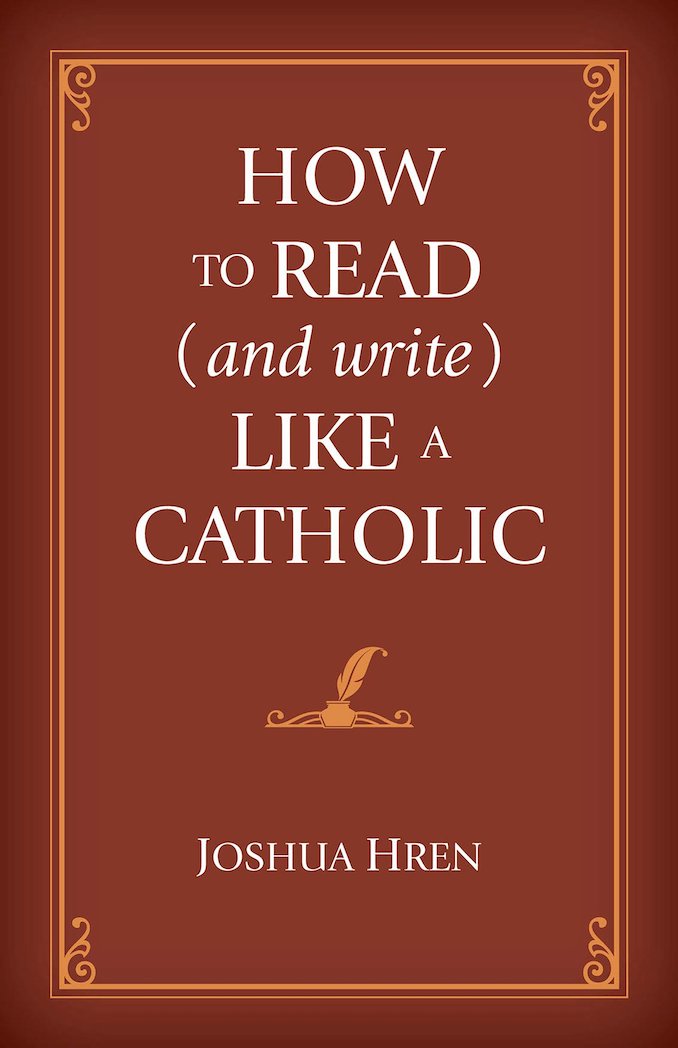“How To Read (and Write) Like a Catholic” by Joshua Hren. Tan Books (Gastonia, North Carolina, 2021). 462 pp., $34.95.
If you want a book that will introduce you to the depth and breadth of Catholic literature, this is the one for you. However, if you want actual instruction on “how to read (and write) like a Catholic,” note that this book is aimed at fiction writing only, and it’s theoretical not practical.
Writers of nonfiction or poetry, for example, will not find helpful practical insights here. What you get is extensive, detailed — and not infrequently entertaining — essays on various themes found in classic works of fiction by Catholic authors. This isn’t light reading, but the reader who is prepared to focus and pay attention will learn a great deal.
Co-founder of the online master of fine arts program at Houston’s University of St. Thomas, the author of this book clearly knows what he is talking about when it comes to discussing the Catholic literary tradition. His book is organized into five parts and 35 chapters. Two appendices offer “101 Books to Read Like a Catholic” and a supplemental list of books titled “Further Forays” into reading and writing like a Catholic.
The titles of the five parts give a good overview of the material the book covers: “Reading (and Writing) Like a Catholic,” “Reading Christ-Haunted Fictions,” “Reading Human Nature,” “Reading Catholic Fictions” and “How to Write (Like a Catholic).”
Broadminded — in the technical sense of the word, “catholic” as it can be — Joshua Hren’s book includes not only writers who were or are “practicing” Catholics, such as Flannery O’Connor, J.F Powers and Walker Percy, but also some who left Catholicism behind but — consciously or unconsciously — retained a Catholic worldview.
These “cultural Catholics” include James Joyce, contemporary short story writer and novelist George Saunders and the 1950s and ’60s “Beat” writer Jack Kerouac, all of whom Hren discusses at some length. Further evidence of this book’s wide focus is the author’s inclusion of Russian and French authors of classic works, as well as the 14th-century Italian Dante Alighieri.
Some readers may be surprised by the author’s inclusion of American Walter M. Miller’s 1959 post-apocalyptic science fiction novel, “A Canticle for Leibowitz.” Surprise, however, is likely to be replaced by gratitude, for valuable insights to be gleaned from “Canticle” soon become clear.
“How to Read (and Write) Like a Catholic” deserves to become a modern classic itself.
Finley is the author of more than 30 books of popular Catholic theology, including “The Rosary Handbook: A Guide for Newcomers, Old-Timers, and Those In Between” (Word Among Us Press), “What Faith Is Not” (Sheed & Ward) and “The Seeker’s Guide to Being Catholic” (Wipf & Stock

